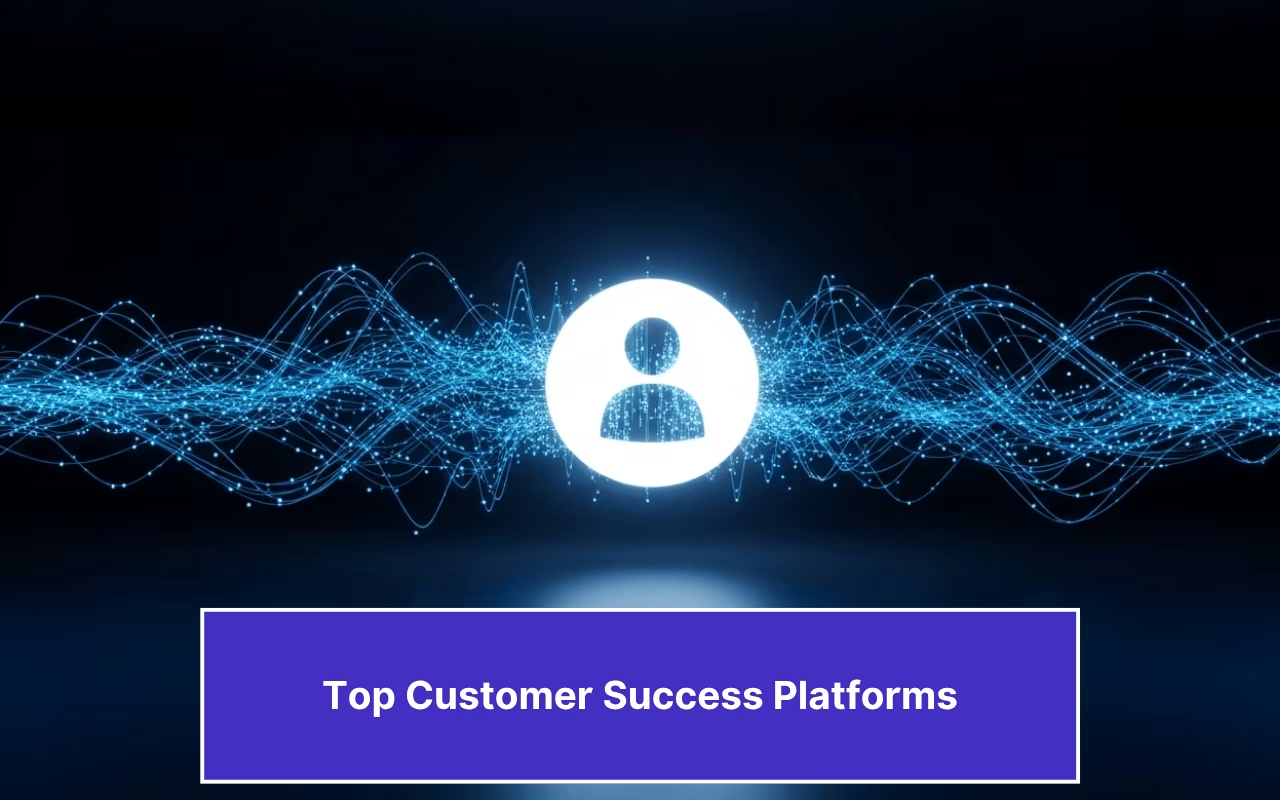Updated on February 21, 2025

Customer service ROI is a contentious issue in the corporate world. Globally, most companies relegate the customer service function to a cost center role. However, if you think about it, customer service teams play a key role in retaining revenue, increasing profits (through cross-selling), and keeping customers happy.
So, how do we arrive at a formula for customer service ROI, and given the formula, how do we increase the said ROI? In this article, we will review these questions and provide concrete answers. We’re going to cover:
1. What is ROI?
2. How to Measure Customer Service ROI?
3. How to Improve Customer Service ROI?
4. Conclusion
What is ROI?
ROI, or Return on Investment, is defined by a simple equation:
![Formula to calculate ROI A formula for ROI (Return on Investment) on a blue background. The formula reads: ROI = [(Money Gained - Money Spent) ÷ Money Spent] × 100.](https://www.kommunicate.io/blog/wp-content/uploads/2025/01/image-5.png)
This equation makes it easy to calculate the ROI of any technology you bring into your business. It also helps you understand how your sales team contributes to your organization.
If your sales team makes sales of $100,000 a month and costs $20,000 in salaries and benefits each month, your ROI is 400%, which is an excellent return on investment. However, in customer service, this becomes complex. While it’s trivial to calculate the money spent, finding the money gained from the customer service function is complex.
So, let’s discuss how we can define it.
How to Measure Customer Service ROI?
The customer service function doesn’t generate new revenue. Instead, they augment the revenue you already have through retention and upgradation. This is why tracking the money you gain through the customer service team’s actions becomes difficult.
However, when we dive deeper into these roles and how they translate to revenue gains, we can start understanding customer service ROI.

How does Customer Service Make Your Business Money?
Customer service teams primarily make your business money through two means:
1. Retention – Customer service increases a customer’s lifetime value (LTV) by solving their issues. This is an essential function because a higher LTV ratio ensures a higher profit for your company.
When your customer service team successfully answers questions and satisfies the customer’s needs (thus increasing CSAT), they also increase retention rates.
2. Cross-Selling – Since customer support teams build pivotal long-term customer relationships, they’re also perfect for cross-selling. They can sell additional services and products or recommend higher pricing tiers to meet the customer’s needs.
3. Marketing – Good customer service influences NPS, which measures how likely a customer is to recommend your product or service to others. The customers who are likely to recommend your product are called Promoters, and promoters serve as a great source of word-of-mouth marketing.
Of these three ways, cross-selling is the only method of direct revenue generation. However, as we said, NPS scores and CSAT ratings also influence how much profit you make, so let us understand how these metrics affect your revenue.
How Can You Use Customer Service Metrics to Calculate Revenue Increase?

Thankfully, we have industry-wide statistics that try to understand CSAT scores and NPS scores as functions of revenue.
1. According to the London School of Economics, a 7% increase in NPS leads to a 1% increase in revenue.
2. Harvard Business Review calculated that a 1-point increase in CSAT translates to a 0.04% increase in revenue.
3. Additionally, CSAT is strongly correlated with retention rates, and according to Bain and Company, a 5% increase in customer retention leads to a 25-95% increase in profits.
This gives us a primer on how we could tie the efforts of customer service teams directly with the revenue.
How do you Calculate Customer Support ROI?
Let’s refresh our ROI equation again. Here’s what we know:
1. Revenue from upselling is directly added to revenue.
2. According to studies, CSAT and NPS directly impact revenue.
3. Customer service function costs equal salaries for the customer support team and their technology costs.
Using the statistics from above, we can create the customer support ROI equation:

This is not an authoritative equation because the individual changes in your revenue based on the changes in CSAT and NPS will be unique. You can track this over some time and calculate conclusions from that.
To make it easier for you to substitute these calculations and find your customer service ROI, we’ve also written a small Python code that you can use directly.
def calculate_support_roi(base_revenue, nps_change, csat_change, salaries, tech_cost):
"""
Calculate Customer Support ROI based on NPS and CSAT impacts
Parameters:
base_revenue (float): Initial revenue before NPS/CSAT impacts
nps_change (float): Change in NPS points
csat_change (float): Change in CSAT points
salaries (float): Total salary costs for support team
tech_cost (float): Technology costs for support operations
upsell_revenue(float): The revenue made through upselling
Returns:
float: ROI percentage
"""
# Calculate revenue impact from NPS
nps_revenue_multiplier = 1 + (0.01 * (nps_change / 7)) # +7 NPS = +1% Revenue
# Calculate revenue impact from CSAT
csat_revenue_multiplier = 1 + (0.0004 * csat_change) # +1 CSAT = +0.04% Revenue
# Calculate total revenue with NPS and CSAT impacts
total_revenue = upsell_revenue + (base_revenue * nps_revenue_multiplier * csat_revenue_multiplier)
# Calculate total cost
total_cost = salaries + tech_cost
# Calculate ROI
roi = ((total_revenue - total_cost) / total_cost) * 100
return roiNow that we understand the basics of customer service ROI let’s talk about how we can improve it for your customer service team.
How to Improve Customer Service ROI?

We often measure things so we can improve on them. And by measuring customer service ROI, we know that three key things are essential here:
- NPS
- CSAT
- Upselling
Since upselling will depend on the strong relationships a customer service representative builds with the customer, it will also be related to CSAT.

So, we need to improve CSAT and NPS to improve overall customer service ROI. This can be done by doing the following:
1. Measure Everything
Enterprise companies consistently report and collect metrics around customer service. This helps them understand customer sentiments and improve their services.
With a proper support dashboard and an AI-powered ticketing system, you can track these metrics, too. The metrics you should track are:
- NPS – How likely is a customer to recommend your services to friends and colleagues?
- CSAT – How satisfied is the customer with your product or service?
- CES – How much effort does it take for the customer to use your products and services?
- First Response Time – How fast does your customer service respond to an incoming message?
- Resolution Rate – How many queries can your customer support team resolve?
These metrics will allow you to understand how your team is functioning. You can ensure that your ROI increases by setting them up with short-term OKRs and long-term KPIs.
2. Invest in Training
Yes, all customer support representatives get onboarding training. However, there needs to be more customer support-specific training that can help your team become more effective. Some recommendations for training subjects are:
- Reflective listening
- Product demonstration skills
- Call review skills
- Empathy and Consistency
Watch for effectiveness and applications once you implement these (or similar) training modules. Routinely measuring how your team has improved its capabilities will help you understand potential areas of improvement.
3. Use Data to Make Decisions
It’s essential to understand customer behavior to improve the customer service ROI. This can be done by analyzing their sentiments using AI and examining their journey.
Always look at how your customers decide to buy your products and which features are the most used. Keep track of user analytics and repetitive complaints. Proactively improve the workflow within your products and services and try to keep documenting the best solutions for repetitive troubleshooting issues.
4. Involve the Entire Organization
While people might think that customer service work is only limited to one team, the truth is that the entire organization participates in improving customer service ROI.
Customer-centric companies consider customer satisfaction an organization-wide responsibility. They implement consistent communication and KPIs across the company to ensure that the business always puts the customer first.
This, above all, improves the customer service experience.
5. Invest in AI
Look, you have already heard the arguments before. But, the truth is that the 24/7 availability and efficiency of AI applications make it so that your customer service ROI improves.
This happens because generative AI can care for most (80-90%) of the repetitive queries you receive daily. Your agents get more time to solve the more crucial and complex issues, and your resolution rates and CSAT improve.
Add in a shared inbox and AI email ticketing, and many repetitive tasks will be moved away from your agents. You can invest more time in measurements and training while making strategic decisions that improve your ROI over time.
In our experience, these measures ensure that customer service ROI keeps increasing and your company’s profit follows a similar trajectory.
Conclusion
Customer service ROI helps businesses move beyond looking at customer service as a cost center. In this article, we try to organize the information we have to give you the tools to determine the customer service ROI for your organization.
Our motivation for this article is clear: we believe that it is essential to move away from seeing customer service as a reactionary function. The customer service function in every company needs strategic planning and long-term investment. And by creating a positive feedback loop of good customer service, companies can excel and improve their revenue over time.
And since we recommend investing in AI as a method of improving ROI, we’d be grateful if you gave our generative AI chatbots and AI email ticketing products a try!

As a seasoned technologist, Adarsh brings over 14+ years of experience in software development, artificial intelligence, and machine learning to his role. His expertise in building scalable and robust tech solutions has been instrumental in the company’s growth and success.





